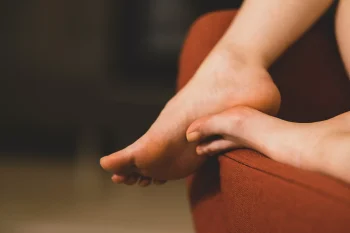Have you ever wondered why certain shoes are more comfortable than others? The answer may lie in the biomechanics of the footwear.
In this article, we will explore how biomechanics, especially with the use of midsole shanks, plays an essential role in optimizing the comfort and functionality of your favorite shoes. Understanding these concepts is not only essential for shoe designers and manufacturers, but also for consumers looking for the perfect fit and proper support for their feet.
What is biomechanics in footwear?
Footwear biomechanics focuses on the application of biomechanical principles in the design, manufacture and evaluation of footwear to improve performance, comfort and safety. The field studies how external forces affect the human body and how the human body responds. In the context of footwear, biomechanics considers how its design and characteristics influence posture, movement and pressure distribution on the feet and body.
Importance of the cambrillones in the biomechanics of footwear.
The shanks, inserted in the midsole of the shoe, provide rigidity and stability, affecting weight distribution, motion control and shock absorption.

- Weight distribution: They help to evenly distribute the weight of the body over the surface of the shoe, reducing pressure in specific areas and promoting a balanced and natural stride.
- Motion control: They help control foot motion, providing stability and support, which prevents excessive pronation or supination, reducing the risk of injury and improving motion efficiency.
- Shock absorption: They act as shock absorbers, reducing the load on joints and soft tissues by absorbing some of the force generated when the foot impacts the ground during walking or running.
Innovations in footwear biomechanics
- Latest generation materials: Advances in materials manufacturing have enabled the creation of lighter, stronger and more flexible cambrillones, better adapting to the specific needs of users.
- Custom design: 3D scanning technology and custom printing have opened up new possibilities for designing footwear that precisely fits the shape and biomechanical needs of each individual, taking footwear customization to a whole new level.
In conclusion, biomechanics in footwear design plays a fundamental role in optimizing comfort, functionality and foot health. Crutches are essential components that contribute significantly to improved stability, motion control and shock absorption. With continued advances in shank technology and design, we can expect continuous improvement in the user experience and prevention of footwear-related injuries.

